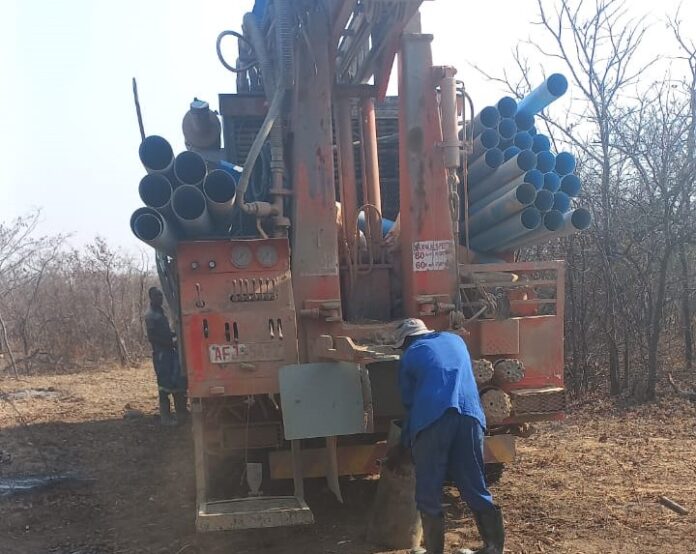By Chetan Mistry, Strategy and Marketing Manager at Xylem Africa.
- Rural communities often depend on groundwater to supply safe drinking water.
- Local groundwater may need treatment before it is fit for human consumption.
- Urban planning and conservation strategies balance growing settlements and sustainable water sources
The borehole is a South African staple, accessing water from underground aquifers. This is called groundwater, which SA has relatively abundant supplies of. But if we don’t take care of these underground reservoirs, they will start to buckle just when we need them the most.
South Africa relies primarily on surface water, which is rainwater captured on the surface by rivers, dams and reservoirs. But groundwater is our backup, and there is already substantial usage of this resource. Agriculture operations are the main consumer, accounting for two-thirds of current groundwater consumption, followed by mining and residential consumption at roughly 15 percent each (Groundwater: The Impact of climate change on South Africa’s future groundwater availability, CSIR, 2019).
SA predominantly relies on surface water for around three-quarters of local demand. Yet, local groundwater usage is growing, reflecting global trends. In most places on the planet, groundwater is crucial: according to the Groundwater Project, it supports nearly half of Earth’s population and three-quarters of its irrigation needs. SA is currently an outlier, but this is changing. Growing populations and shifting climates are increasing the demand for groundwater. Rural communities, in particular, often depend on groundwater to supply safe drinking water.
Groundwater’s delicate state
One might think that groundwater is naturally protected, seeing as it resides deep underground. But the influence of human activities is not sparing these underground reservoirs. Different types of pollution are contaminating groundwater sources, while a lack of aquifer rehabilitation and counter-pollution measures allows the damage to fester and grow.
The 2021 study, Groundwater contamination in Sub-Saharan Africa, published on ScienceDirect, exposes a worrying groundwater pollution trend. Traditionally, we assume water pumped from underground sources is clean and ready for consumption. Yet, the researchers tested groundwater at numerous boreholes and discovered concerning levels of harmful bacterial life, such as E. Coli, likely contamination from SA’s buckling wastewater treatment sites. The study suggests what was once unthinkable: local groundwater may need treatment before it is fit for human consumption.
But it’s not just wastewater contamination. Heavy metals from mining and chemicals from other industrial sources are also entering our groundwater systems. These signs are concerning and will hurt local growth. As rainfall patterns shift, SA’s reliance on groundwater is increasing. But we can’t rely on sources already starting to become dangerously polluted.
How to invest in groundwater
This trend is very concerning, but it’s not a foregone conclusion. We can still make an impact and protect our groundwater sources. Greater investment in smart systems, which provide better water management insight and efficiency, will help reduce pollution from treatment and industrial sites. Mines can invest in better water recycling and filtering, which adds the double benefit of more operational resilience. Farming operations can reduce overall water consumption and curtail manure pollution. Urban areas can promote smarter water management and encourage citizens to report leaks and pollution. Hefty fines and enforcement of environmental laws will reduce the harm being caused to underground water.
Nature is our ally. South Africa’s many wetlands are natural filters for clean water and play a massive role in feeding underground aquifers. Reducing pollution and improving sanitation are the most effective ways to secure both groundwater and surface water in South Africa. Effective urban planning and conservation strategies will help establish and maintain a balance between growing settlements and sustainable water sources.
All of SA’s water sources need attention. Our rainfall is changing, our dams and rivers are struggling with widespread contamination, and our underground sources are becoming unfit for consumption. But it’s not too late. By combining will, planning, collaboration, and technology, we can change this picture and secure clean water for all South Africans. But if we continue to pollute our groundwater sources, the insurance policy against growing water pressure on the surface will not be there when we need it most.








